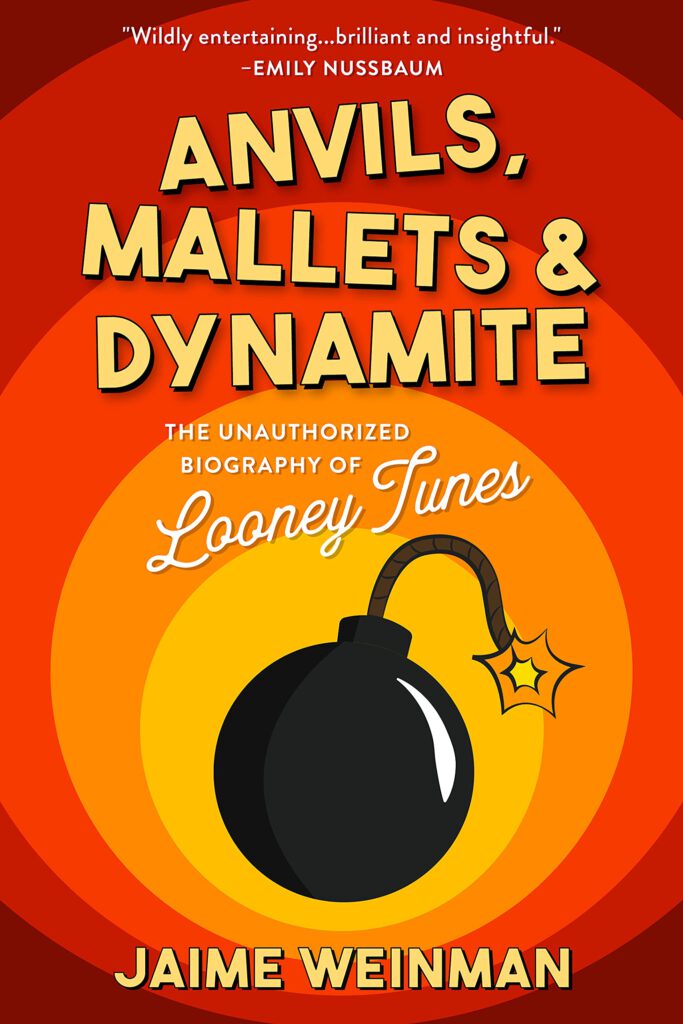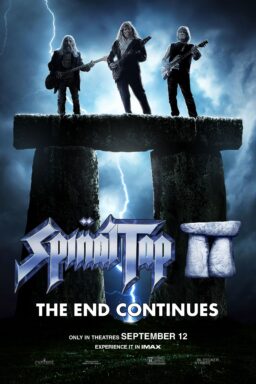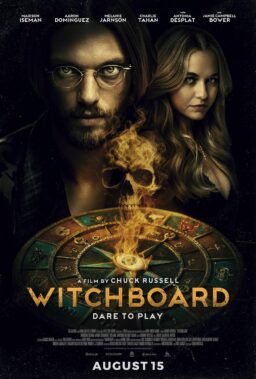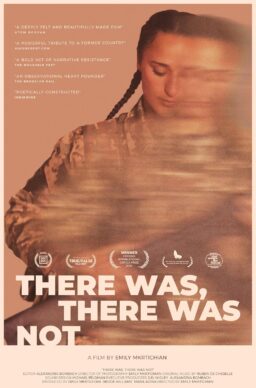Jaime Weinman calls his book, Anvils, Mallets & Dynamite “The Unauthorized Biography of Looney Tunes.” It is an affectionate tribute and history of the home of Bugs Bunny, Daffy Duck, Elmer Fudd, Sylvester and Tweety Pie, Road Runner, Wile E. Coyote, Porky Pig, and many other iconic cartoon characters. He calls the classic-era cartoons “the greatest achievement of American film comedy in the sound era.” So, yes, he is a fan, and an astute one. Nothing in the world of cultural criticism is more difficult than trying to explain humor, but Weinman is very good at showing us what it is that makes these cartoons so enduringly popular. He is also candid about their limitations. Unlike some classic comedies, they make no pretense of profundity. The closest they come is the Sisyphean consequence of any serial storytelling—the perpetual failure to achieve success. The villains are idiots. The plots are simple and repetitive. There is no continuity and the laws of physical reality are joyfully ignored. The cartoons “suffer when judged by fictional storytelling,” he says. For better and worse, “they will do anything for a laugh.” In an interview, Weinman talked about the styles of the four primary directors, what Mel Blanc and composer Carl Stalling brought to the cartoons, and he confesses which Looney Tunes character is his favorite.
You write in the book about something I always enjoyed when I watched the cartoons as a child—breaking the fourth wall. When Bugs would insult Elmer Fudd by speaking to us in the audience, I always felt he thought we were on his side.
The idea of talking to the audience, breaking the fourth wall, breaks the illusion that we’re watching something that could be really happening. The normal film tries to immerse us. It tries to make us forget that we’re watching a movie and make us think that these could be real people. Part of the point of Tex Avery’s love of breaking the fourth wall which other directors took up was that it reminds us that people are not real. We are in a theater watching a movie and someone is operating a projector. We might see someone’s silhouette if they get up to go to the bathroom. It’s all about taking away the idea that we have to identify with a story or believe that it’s real. And that feeling that this is all not real, and we’re not supposed to get too involved in it fits in with the style that says it doesn’t matter if people get hurt, it doesn’t matter if someone gets blown up. None of it is real. And we don’t have to react to it in the same way that we would react to seeing something that happened to a live-action actor. So I guess people would call it Brechtian detachment. It detaches us from the story and from some of the conventions of storytelling and allows us to just enjoy the violence and the timing of the gags for their own sake.

Tell me about the distinctions in style between the big four legendary directors: Tex Avery, Chuck Jones, Friz Freleng, and Bob Clampett.
Tex Avery loved to deconstruct fairy tales and other types of films such as nature documentaries by subverting the expectations of the audience and the norms of traditional storytelling. He would always remind the audience that they’re watching a film and that this is fake. Breaking the fourth wall is not something he invented, but it’s something he loved because he always wanted the audience to question whatever they were watching or to make fun of the kinds of films that they had been used to watching. Tex Avery is the great deconstructor.
Bob Clampett is similar to Avery. But much more extreme in the way he has characters act. Many of his animators, although not all of them, like to have very rubbery bodies for the characters. He liked the characters to scream as much as possible. And he also liked main characters who were kind of vicious, and not what we would expect of conventional heroes. His Bugs Bunny was probably the meanest version of the character. And he created Tweety, who when he first appeared, was again, highly sadistic but funny sadistic. The point is that he didn’t really care if a hero was conventionally likable, just that he sounded funny, again questioning the idea of what a hero could be.
Chuck Jones was about Clampett’s age, and was promoted just a little later than him and apparently resented not being first. He started out with a more sedate style. He originally tried to imitate Disney and was the most sentimental of the directors at first. But he had sort of the most unusual ideas about different art styles that could be brought into animation. He would have characters who moved in unusual ways, or backgrounds that were more abstract, and movements that were a little more unconventional. And eventually, he became a very funny director, but almost subtle or at least as close to subtle as you can get within cartoons with lots of dynamite. But he would have characters get laughs through very small gestures or communicate character just by raising their eyebrow or looking at the camera. He was trying to see how much laughter you could get out of under-reacting rather than overacting.
Friz Freleng was very much a musical director. Unlike a lot of directors, he continued to plan out the timing on music paper so that the timing of each scene would be absolutely precise, the way it is in a musical composition. His cartoons are known for rhythmic movement, movement to the beat of the music, getting laughs just from the precision of the timing or the dancing, or whatever else the characters do tied to the music. He also liked to have characters drop things or open the window or door the wrong way just to create a pattern and then change it just a little bit and get laughs simply by the fact that they’ve set up a particular way of moving, and then they don’t do it for a moment.

You put a lot of emphasis on timing in the book.
The reason I write a lot about timing is that has a lot to do with why these cartoons have held up so well. A lot of comedy dates. One-liners that work now don’t necessarily work even in a few years. Some of the verbal jokes in the cartoons are dated. So, the care and the craft that was put into the timing of gags is their strength. And that’s something that was not fully possible in the silent era because silent films can be run just about any speed. But when music comes in, when sound and dialogue come in, then it’s possible to time everyone’s movements down to the last second and synchronize it to the music and sound effects. The Looney Tunes, Warner Brother’s style is based on this very musical sense of timing where something is funny because it happens at the exact right moment.
There’s a scene in the cartoon Bugs Bunny Rides Again, where we have Yosemite Sam is chasing Bugs Bunny on a horse. They go into a tunnel and then we see Bugs instantly building a brick wall at the end of the tunnel. And Sam, of course, rides right into the brick wall. We all know that’s going to happen, even if it does not give us a lot of time to process that thought. Well, what’s funny about it is simply the impact of exactly when Sam hits the wall, how it synchronizes with the music, which is the William Tell overture. It’s all about the fact that there’s a rhythm that’s been set up almost unconsciously. And when Sam hits the wall, that rhythm is broken, and that gets a laugh. Obviously, the cartoons were timed to music, and they work very closely with Carl Stalling, the usual composer. But I think of the comedy in a sense of being music in and of itself, because music has a power that comes from when things happen and how sounds are arranged and the beats. And I think that is in many ways the key to what we respond to in the Looney Tunes cartoon is that sort of musical power, beyond words beyond explanation that just comes from everything happening exactly when it should. And not a second sooner and not a second later.
Well, you also write about the importance of words. And you tell us that the Looney Tunes are more dialogue-heavy than a lot of the other cartoons of the era. And it’s obviously impossible to measure the contribution of Mel Blanc.
As you know, Mel Blanc did almost all of the voices for almost all of the characters. They let themselves become dependent on him to an extent that I think no one would have done after that. He started doing small roles and eventually took over the part of Porky Pig because they weren’t satisfied with the actor who was doing him. Daffy Duck appeared in the first Porky cartoon, and so he became Daffy Duck, and eventually did Bugs Bunny and eventually took over everything. He became so important to the studio that they signed into an exclusive contract to stop him from voicing characters like Woody Woodpecker who he had been doing in another studio. And as a part of this contract he became the first voice actor in short cartoons to ever have on-screen credit.
A lot of his voices are quite similar to one another. Most famously, Daffy Duck and Sylvester have the same voice, the same speech impediment. But he sped it up for Daffy Duck and that’s the difference. He was an exceptional vocal actor, especially in terms of putting the right emotion into his dialogue, timing the dialogue correctly, and finding just the right emphasis to get the laugh. He was probably the funniest screamer in the entire voice acting business. He would do these screams that were so loud that you don’t know how the microphones of the day could have picked them up. He was able to elevate any dialogue that he was given. And because he was there the writers knew that they had to step up their game. He inspired them to think of dialogue as more than a placeholder for the gags. They had to write lines that would be worthy of him.
You have a chapter on censored cartoons. What should we do with the cartoons that have jokes or characterizations now recognized as racist or misogynistic?
I would like to see some of the more racist cartoons be allowed to be publicly available the way “Gone with the Wind” is shown with a lot of material to contextualize it, to make us understand what’s wrong with it and what that history has meant and still means. There’s certainly no right to have kids watch something on television that is not a good influence on them. Cartoons have been pulled for racial stereotypes as time has gone on, but there’s still plenty left that they can show with only a small number of cartoons to this day that have been censored.
I find it interesting to see what the directors of a particular time were willing to recognize as a problem and what they weren’t. So that just interests me and we all know that something you and I don’t recognize as a problem now we might come to recognize as a problem as time goes on. So we have to have a little bit of humility what we do and don’t see and recognize that we will continue to discover elements we will consider inappropriate in the future.
There was a lot of conversation just this year when Pepe Le Pew was excluded from “Space Jam.”
The idea of Pepe pursuing this female who doesn’t want to be with him, even when you think about it for a few seconds … it’s really creepy.
I think it was the right decision, but it’s a variation on the hunting theme you describe as just a convenient set-up of predator and prey so we know whose side we’re on.
Yes, exactly, with Road Runner the stripped-down reductio ad absurdum of the formula. There’s literally nothing happening except someone trying to catch someone else. It does not matter that if Wile E. Coyote has enough money to buy all that stuff from Acme, he has enough to buy food. We just accept the premise that he wants to get the Road Runner.
Why haven’t recent efforts to continue with these characters been as successful?
They haven’t made a commitment to a consistent set of voice actors, for one thing. But also, they overthink it. They overthink it. These cartoons came from inspiration. They didn’t have the weight of the past. They were of their time.
Who’s your favorite Looney Tunes character?
It’s easy to make a funny loser. But Bugs Bunny is that rare character, a funny winner.
What do you want people to take from the book?
My hope for the book is that it will inspire people to watch these cartoons and discover that they will laugh and that will make their lives a little better.












